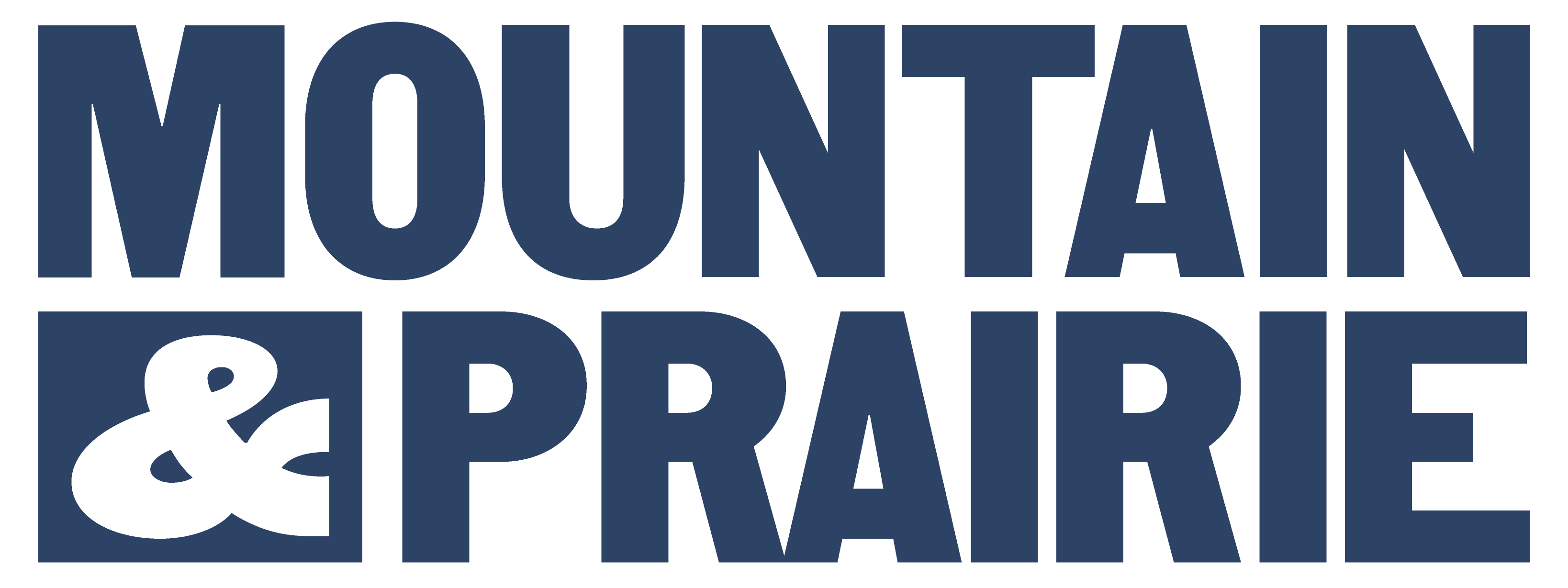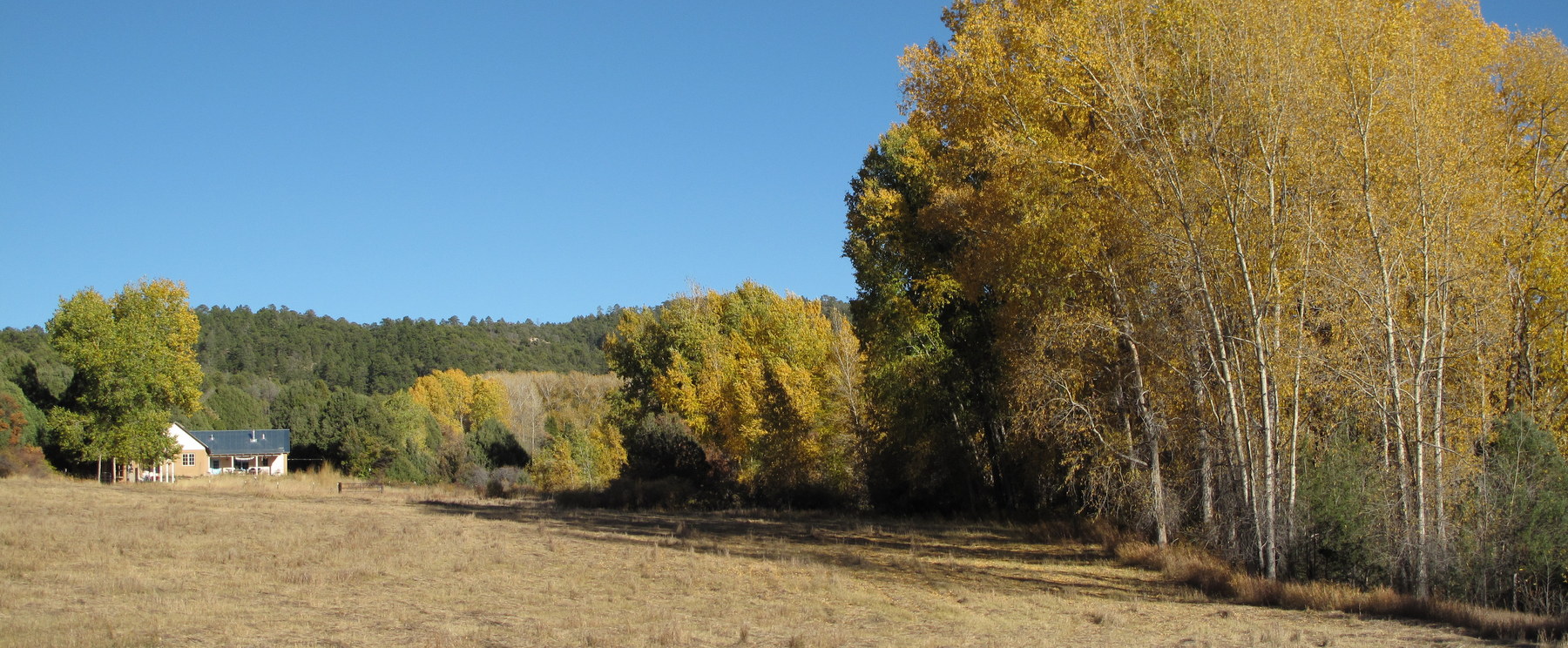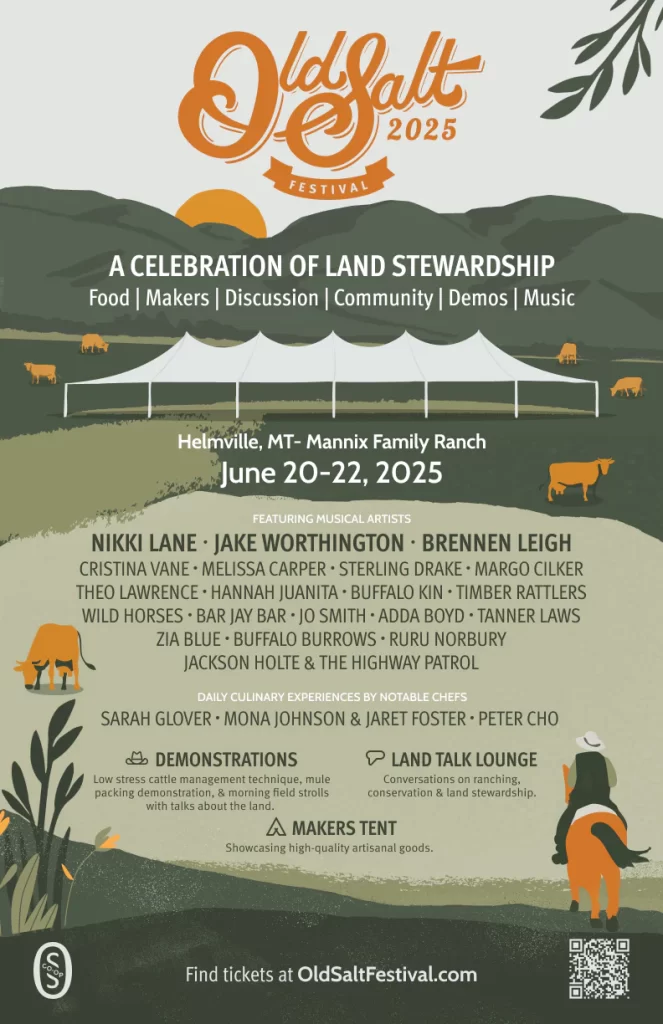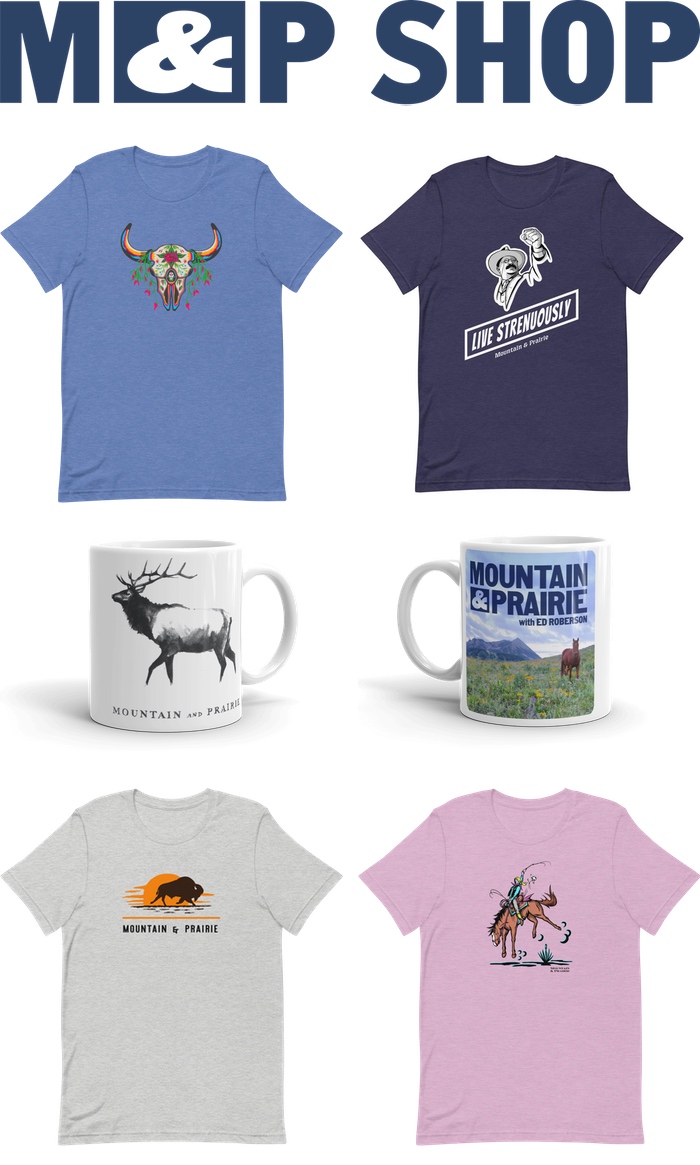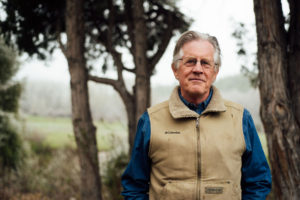
William deBuys is a renowned writer and
Bill was born and raised on the east coast but moved to New Mexico after college to take a job as a research assistant with writer Robert Coles. Bill found himself immersed in the arid landscape of the American Southwest and very quickly fell in love with the people, culture, and terrain. From then on, Bill’s life and work centered around the land, whether earning his Ph.D., working for the Nature Conservancy and The Conservation Fund, or pursuing full-time writing. His life serves as an inspiring case study of how to meld on-the-ground conservation work with high-level aspirational writing and journalism.
My biggest challenge with this conversation was figuring out how to fit five hours of questions into a single hour! We start by discussing how Bill ended up in New Mexico, and then chat a good bit about his farm. We discuss lessons learned from his work in land conservation, and techniques he uses to find common ground among competing stakeholders. We talk a lot about his writing process and routine, including Bill’s excellent advice related to the technical and psychological aspects of writing. We also discuss several of his books, and how writing each book has influenced his perspective and appreciation for his beloved New Mexico home. Bill offers up a useful and completely unique technique for summoning gratitude, a practice I believe we all can benefit from. And as usual, we discuss his favorite books, his favorite location in the West, and the best advice he ever received.
It was a dream come true to spend time with Bill at his farm, so I hope you enjoy this conversation as much as I did. Be sure the check the episode notes for links to everything we discussed!
Header photo courtesy of Bill deBuys, headshot by Ben Moscona
Click Here to Download on iTunes
—
Click Here to Download on Spotify
—
Click Here to Download on Google Play
—
Click Here to Download on Stitcher
—
Episode Notes
Topics Discussed:
- 4:30 – El Valle, New Mexico, described
- 5:45 – How Bill ended up in New Mexico
- 10:30 – Work with The Nature Conservancy and The Conservation Fund
- 12:30 – Lessons learned from conservation work
- 14:30 – Early writing experience
- 15:25 – Looking back at old work
- 16:30 – Understanding and appreciating “place”
- 19:45 – How Bill wrote “The Walk”
- 22:15 – Dealing with feedback on his writing
- 23:15 – The writer’s mindset
- 24:30 – Bill’s writing process
- 29:00 – Decision to focus mostly on writing
- 30:15 – Discussion of his book “A Great Aridness”
- 34:25 – Actionable ideas for dealing with climate change
- 38:00 – Valles Caldera Trust
- 42:00 – Techniques for finding common grounds
- 45:30 – “The Last Unicorn” and other international adventures
- 46:50 – Influentials writers and thinkers
- 49:00 – Teaching and its influence on his work
- 51:00 – Favorite books
- 53:00 – Practice of writing down all the “aunts and uncles”
- 55:00 – Most powerful outdoor experience
- 56:10 – Threats to ANWR and the Rio Grand corridor
- 59:25 – Favorite location in the West
- 59:30 – Best advice ever received
Information Referenced:
- William deBuys
- River of Traps: A New Mexico Mountain Life by William deBuys
- The Walk by William deBuys
- A Great Aridness: Climate Change and the Future of the American Southwest by William deBuys
- The Last Unicorn: A Search for One of Earth’s Rarest Creatures by William deBuys
University of North Carolina at Chapel Hill- Robert Coles
- The Nature Conservancy
- The Conservation Fund
- Dante’s Inferno
- Quivira Coalition
- Bill McKibben
- Valles Caldera
- Peter Matthiessen
- John McPhee
- Henry David Thoreau
- Wallace Stegner
- John Wesley Powell
- Edward Abbey
- Moby Dick by Melville
- Joseph Conrad
- William Shakespeare
- Middle March by George Elliot
- Bill’s Op-Ed in the New York Times
Enjoy this episode? Then you might like these as well:
- Hampton Sides – Live at the Aspen Institute
- Sara Dant – A Deep Dive Into the History of the West
- Dan Flores – Chronicling the West’s Rich Natural History
- Bryce Andrews – People, Predators, and the American West
- David Gessner, Part 2 – Ambition, Art, and Arête
